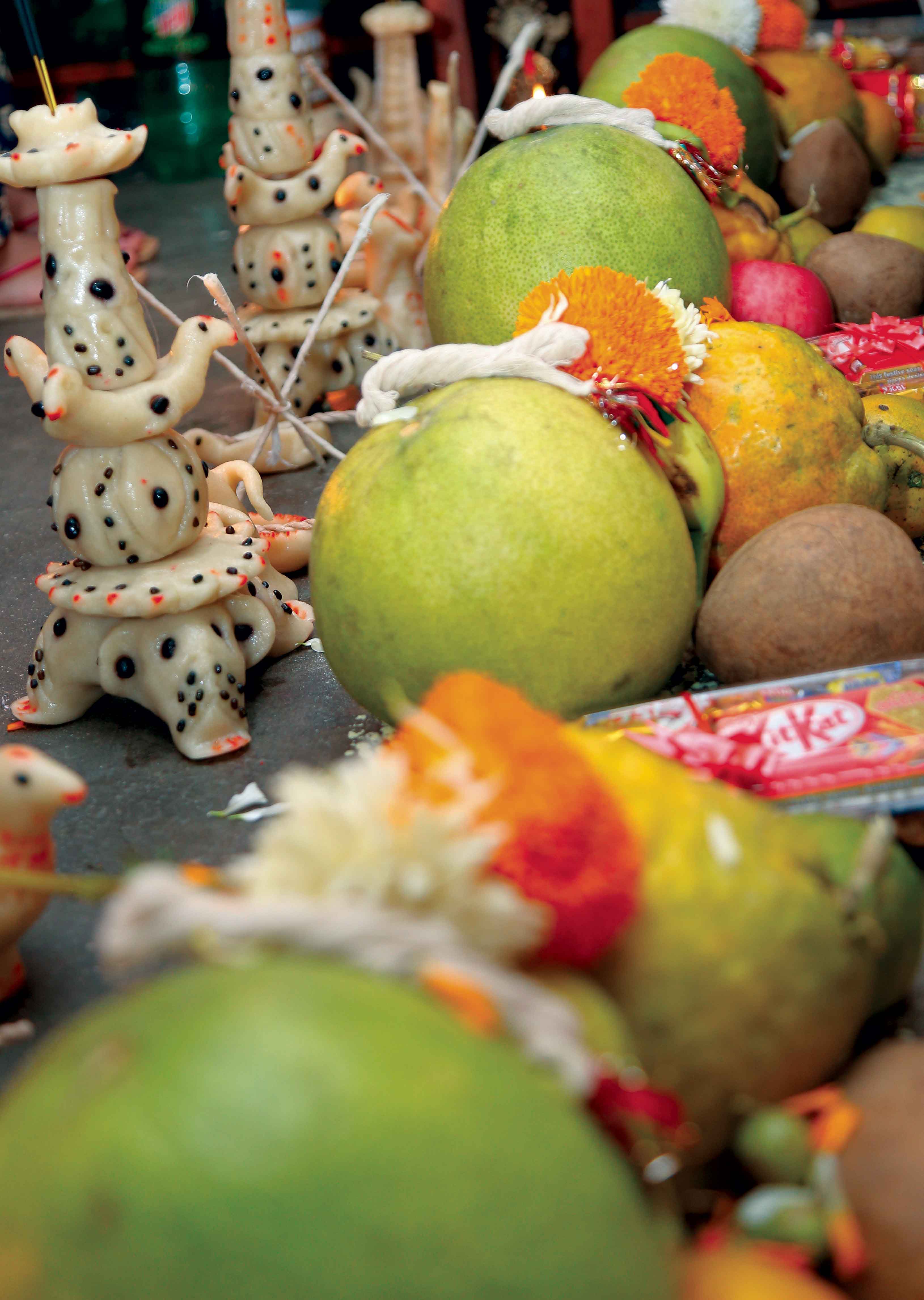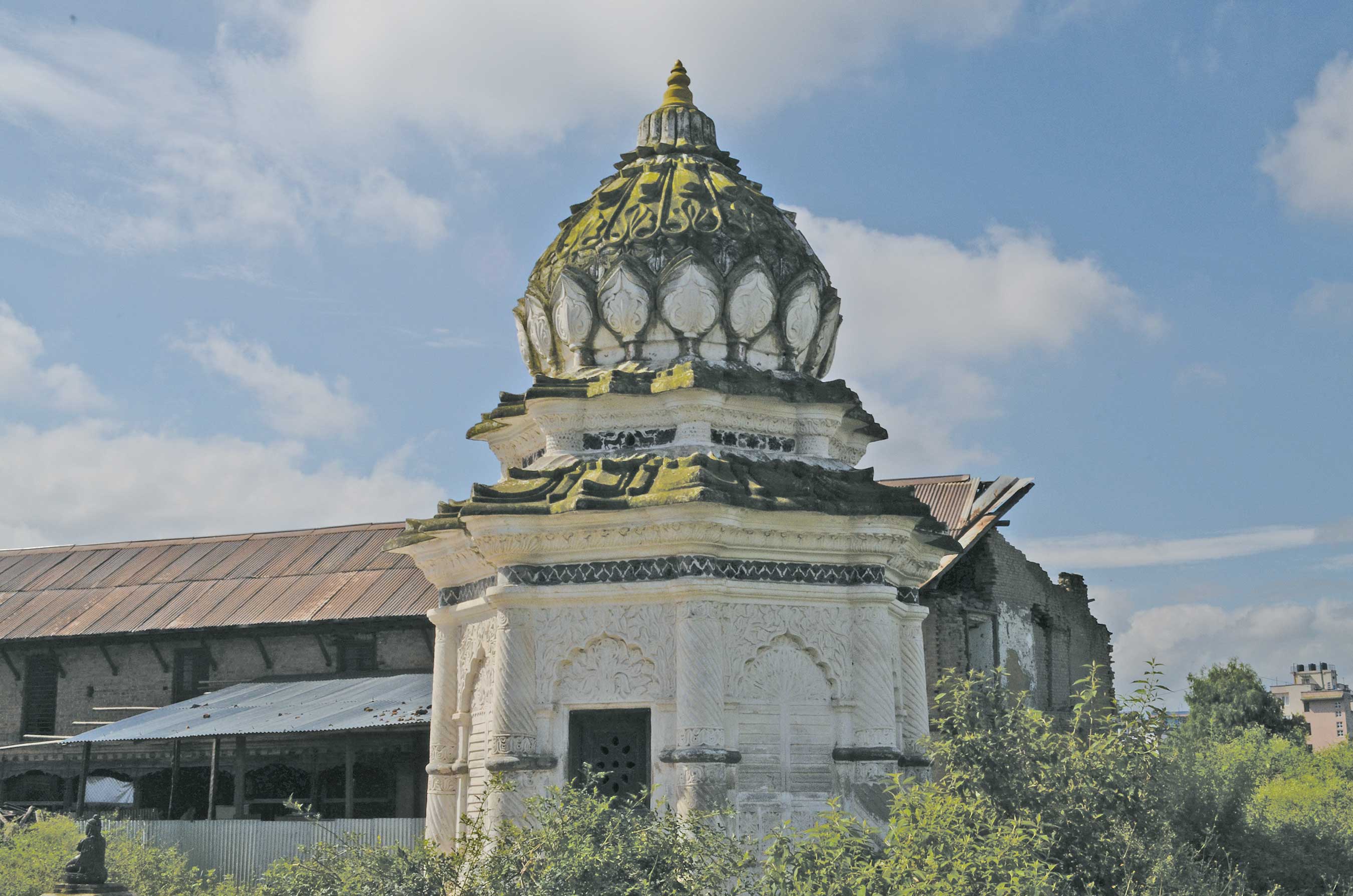As you drive along the winding roads that lead you to the gates to Gokarna Forest Resort, its hard to miss the acres and acres of forest covered hills surrounding the resort. The forests that cover more than 4000 ropanis of land both inside and outside the resort provide a place for herds of deer and other animals to roam freely. So it is no surprise that not very long ago, this place used to be a hunting ground for the royals of Nepal.
According to Deepak Acharya, the senior golf director at Gokarna Resort, this tradition can be traced back to the days of the Rana regime. According to oral traditions, it is believed that it was Jung Bahadur Rana who first discovered Gokarna forest as a hunting ground for his family and the royals. Then, Judhha Sumsher built the walls encircling the now resort area. No matter when the tradition of the royal family coming to hunt at Gokarna started, it was still alive less than a decade and half ago.
“I don’t know everything, but I can share what I know,” Deepak gives me a disclaimer before he begins. “ I joined Gokarna resort in the year 1998. In 1999, Crown Prince Dipendra came just before Dashain for the hunt. Every year before Dashian, members of the royal family would arrive for the hunt - although the more appropriate word would be culling.”

Culling is a long held practice of removing the weak and infirm members of the herd to make it stronger. “ Ideally, they’d remove the old and infirm members of the herd,” says Deepak, “But over the years I have also realized that not culling the herd creates some problems among the deer population. Without culling, there is more inbreeding within the herd which leads to more diseases. That’s why they used to do culling every year.”
Deepak believes that what they did every year had a good scientific basis. “They used to rely a lot on the knowledge of the Ban Pale - the forest guard,” he says. The ban pale was mostly responsible for preventing the dogs from entering the forest and managing the trees and the forest. But during the course of their work they become extremely knowledgeable about the forest, the plants and the animals that live in the forest. The royals would seek this long held knowledge from the ban pale to guide their hunt. The culling also had the added benefit of managing the deer population which has gone unchecked for the past decade and half.
The last time the royals came for a hunt was in the year 2006. After democracy, when the royals lost their royal immunity, they stopped hunting.

A while back, it is said it was not only the royals who could hunt here. "From what I have heard, in the panchayat era, people close to the royal family would be allowed to come hunt in the forest for a certain price."
“They’d hunt deer and wild boar back then. In those days, there were many wild boar in the forest here,” adds Deepak. The boar were only removed after it was decided that a golf course would be built in what is now the Gokarna Forest Resort.
Gokarna Forest Resort officially opened in 1999. Before the resort, between 1979 and 1993, this place used to be a kind of a safari park where people could come ride elephants, horses and watch different wild animals. They had a tiger placed in a cave as a major attraction according to Deepak. They also had a small 9 hole golf course.
Since this land was the private property of the king, the royals had a lot of say in what the resort today would look like. “These were people with vision,” says Deepak. “Back in the 90s, when the tender was opened to build this resort, a major clause in the tender for this resort was for the developers to build a golf course.”
It seems the Crown Prince was an avid golfer and after having seen golf courses around the world, wanted a full 18 hole golf course in Nepal as well. “That's how this golf course came into being,” Deepak explains as we sip coffee right next to the golf course.
.jpg)
Just as the vision of the royals led to the establishment of the golf course at Gokarna, Deepak also believes that it was because of them that this forest survived this long. “ In my opinion, without the monarchy, this forest would not have survived. Since it was the king’s property, there was tight security and people would not go in. Otherwise this forest would have been cut down a long time ago. Since there was no LPG gas and even getting kerosene was not easy in those days, people used to rely on firewood everyday for cooking and people would cut down trees to sell wood. Often these kinds of forests ended up the victim. Outside of Gokarna and Nagarjun, you cannot find this kind of forest anywhere around Kathmandu valley.”
Nowadays, without the annual culling, the deer population at Gokarna resort has skyrocketed. But as Deepak points out, the positive side of it is that it has become a tourist attraction. Showing me a short video clip of deer roaming around in his golf course he adds, “After all, where else could you see this kind of scene?”











